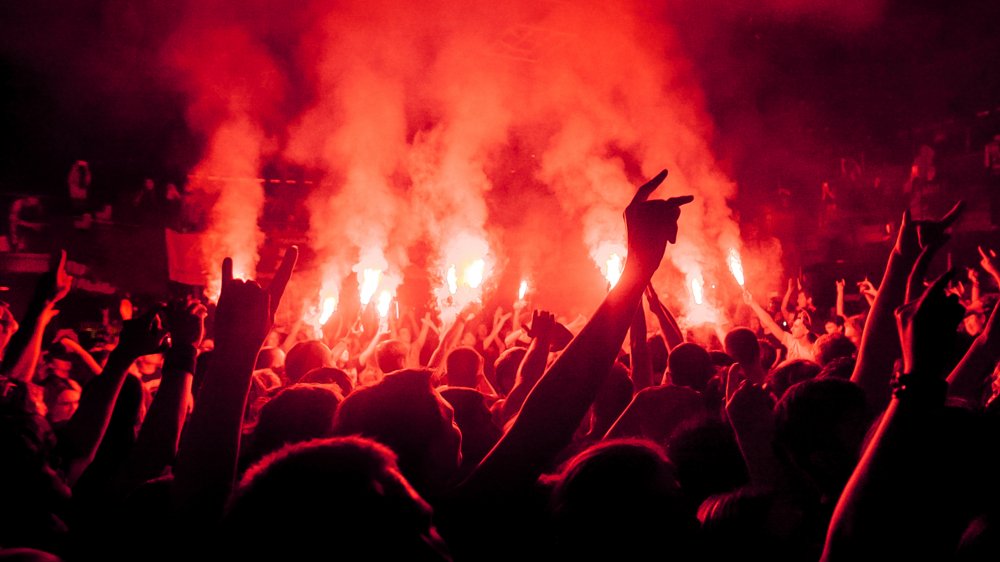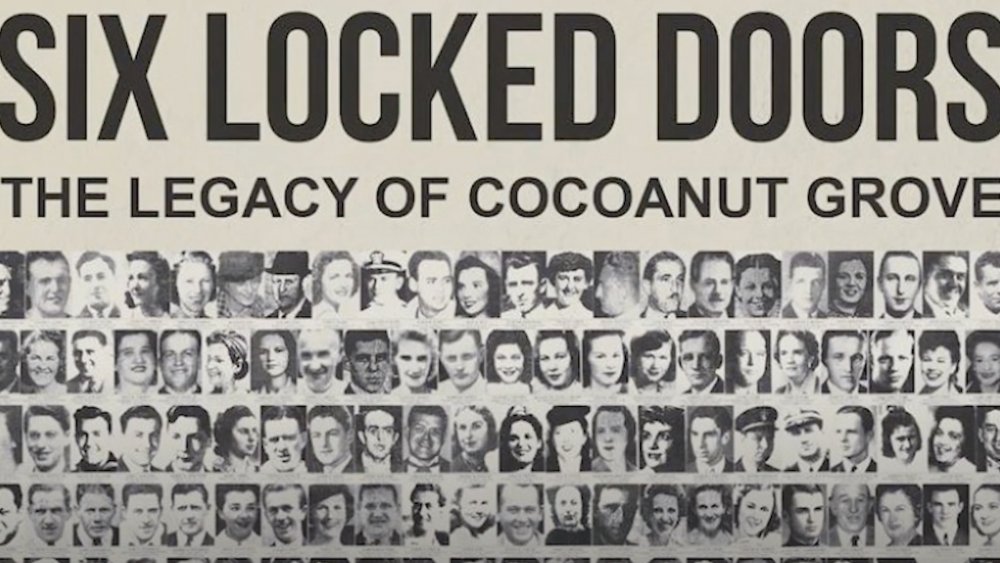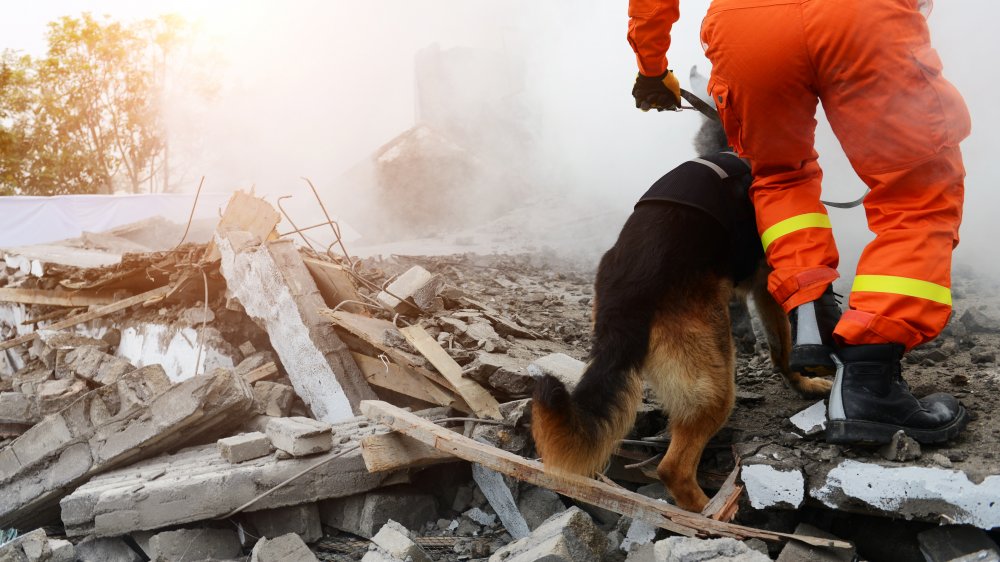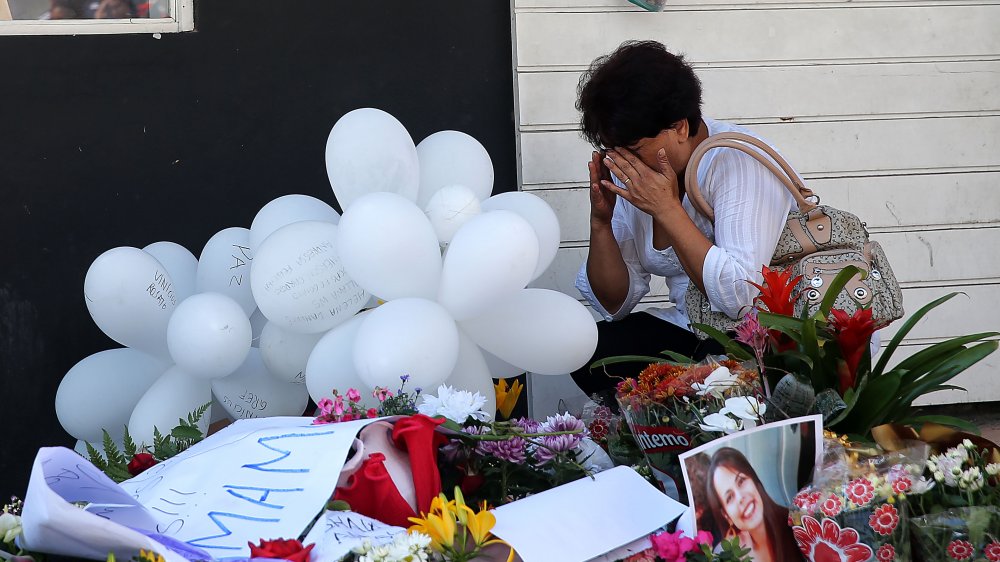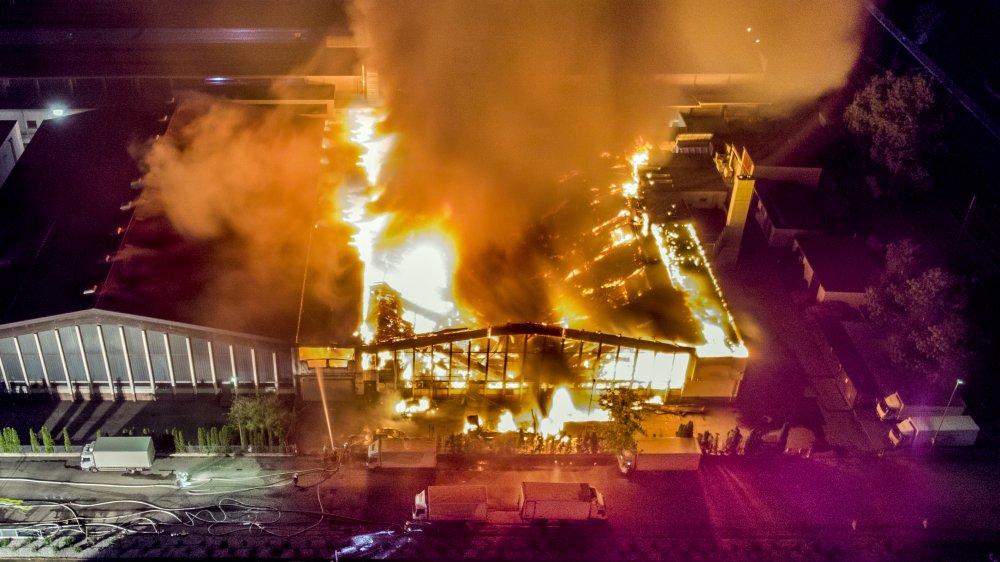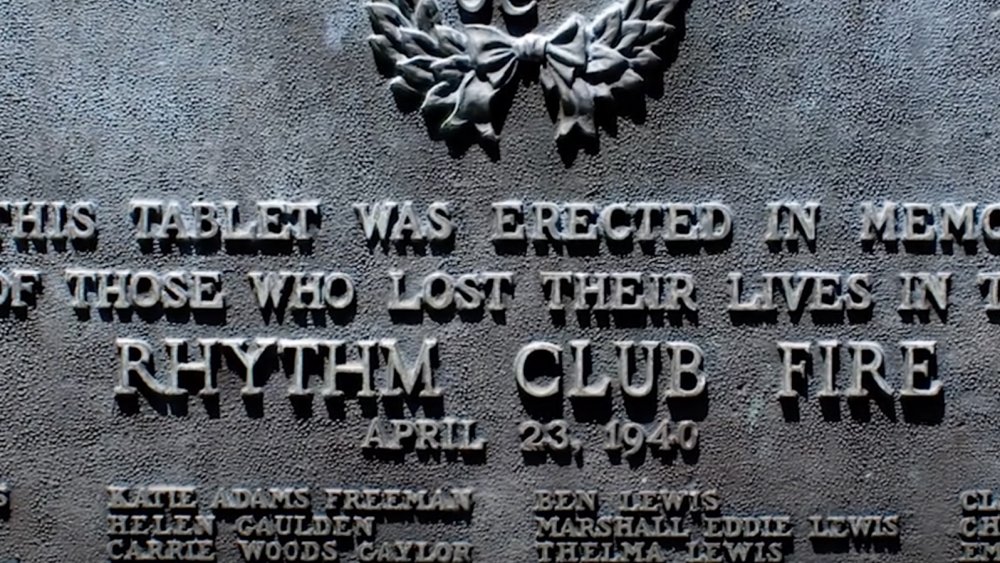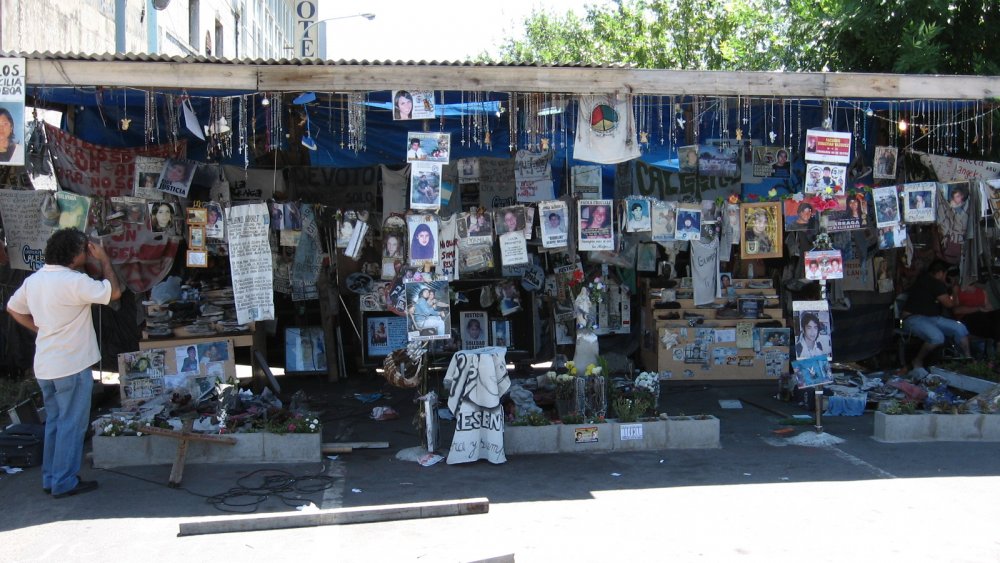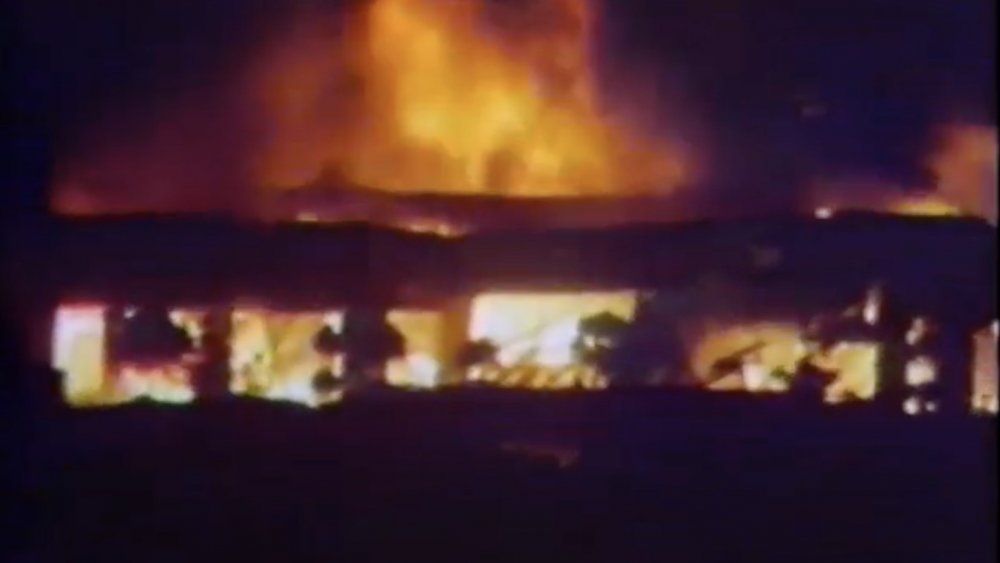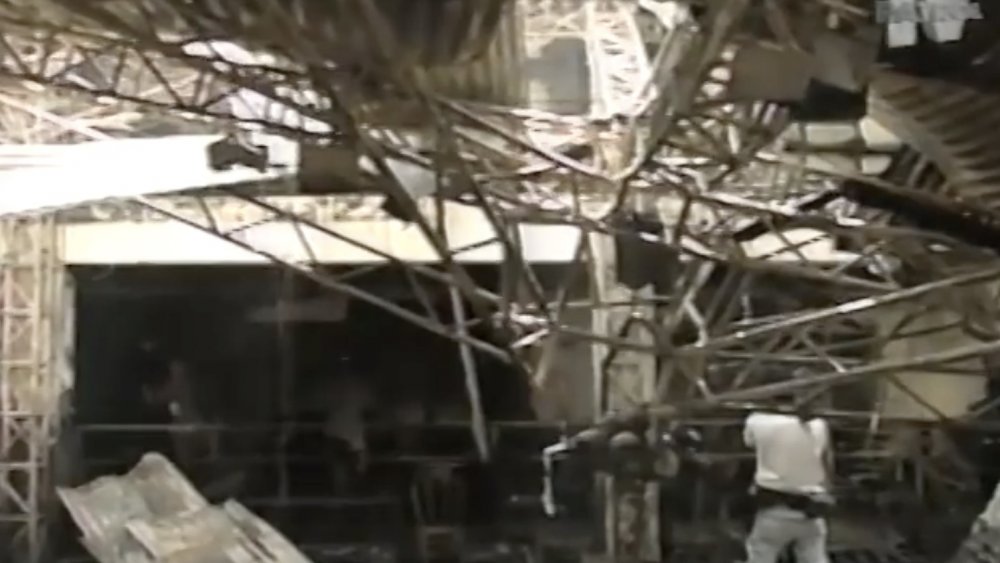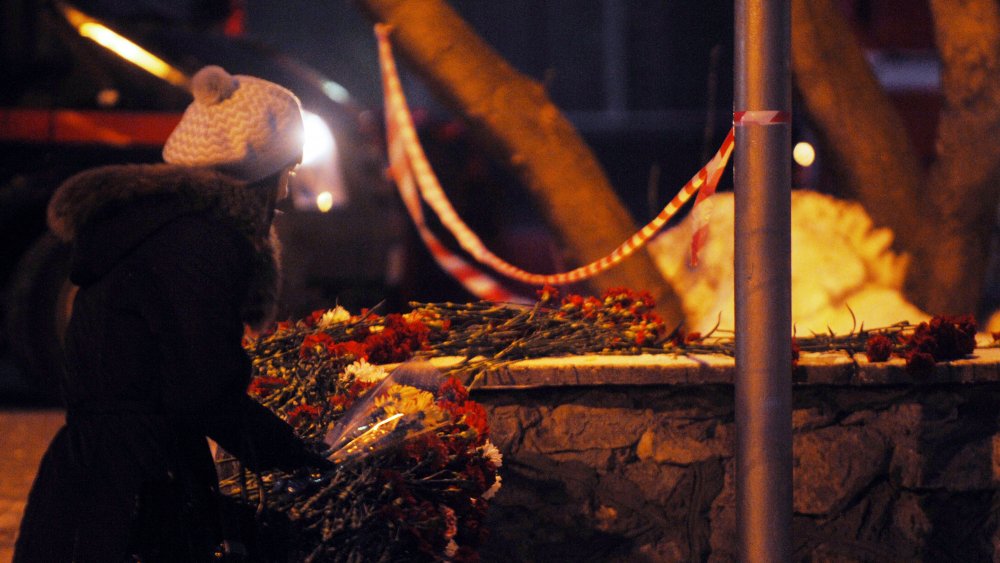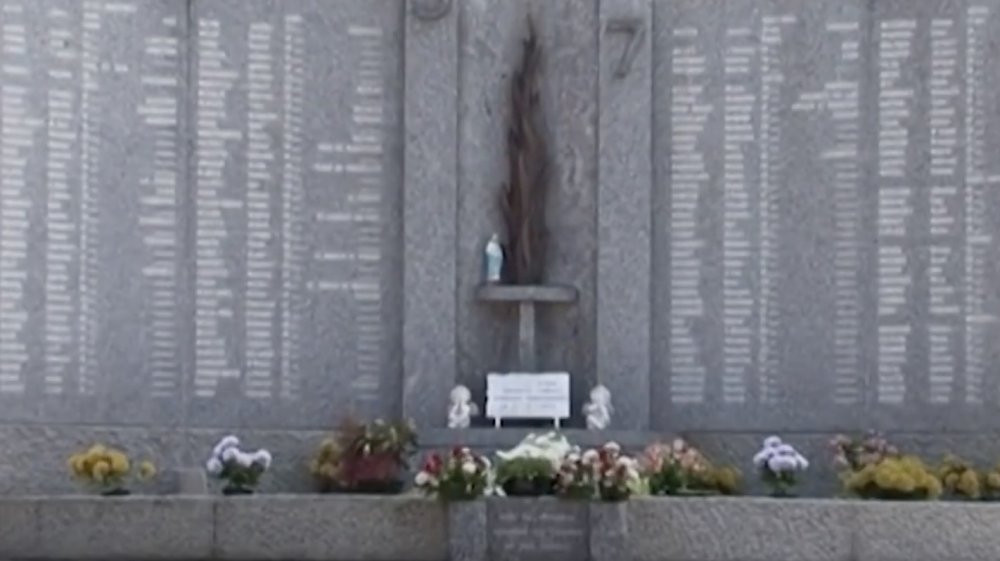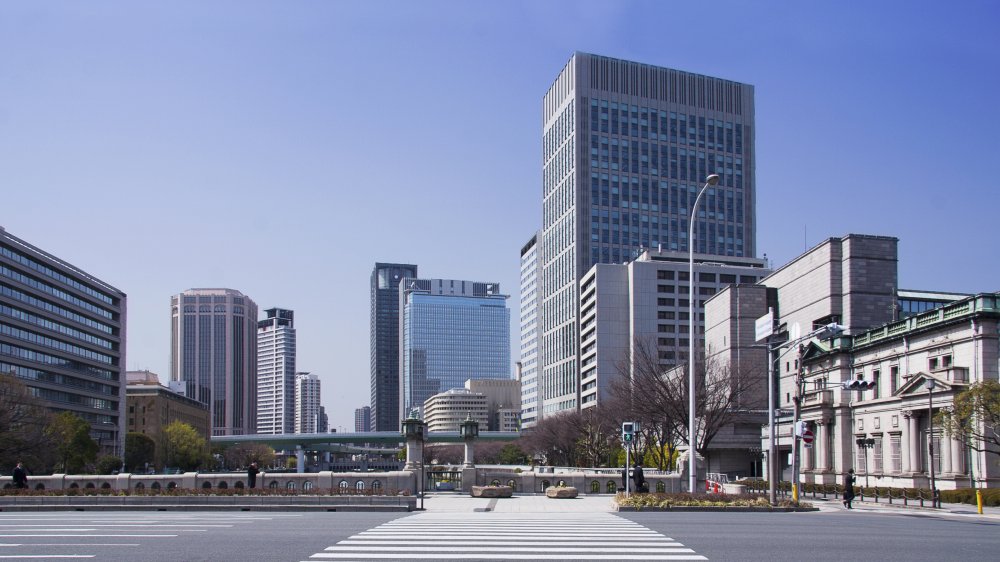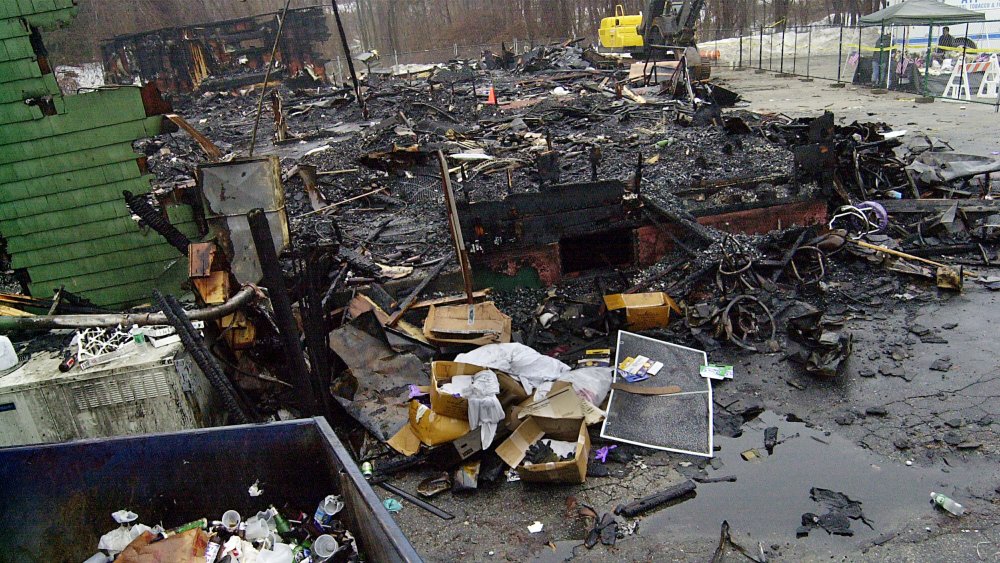The Most Tragic Nightclub Fires In History
An evening out at the club — or nightclub, dance club, discotheque, dance hall, whatever you want to call it — is supposed to be a fun and exciting way to have fun and blow off some steam. Friends go in groups, dress in provocative outfits, flirt with everyone in sight, and work up a sweat dancing to loud, thumping beats and then quench the thirst they've built up with $20 cocktails made up of cheap vodka and energy drinks. Ah, to be young and frivolous.
Overpriced drinks and getting rejected by a hottie are supposed to be the worst things that can happen at a nightclub. And yet, there are numerous hazards unique to the experience. Too many people crammed into a tiny space, plus buildings that maybe aren't up to building and fire codes, plus the use of flashy pyrotechnics make nightclubs often a deadly, fire-based accident waiting to happen. Modern history is dotted with dozens of tragic nightclub fires that took the lives of people just trying to go out and dance. Here are the most catastrophic ones that resulted in the most voluminous loss of human life.
The Cocoanut Grove fire shocked Boston
Boston's Cocoanut Grove was one of the classiest nightclubs in the city, if not the whole of the US, in 1942. Sporting a tropical theme, it was decorated with palm trees and a satin-lined ceiling, and its second-floor dance hall and dining room had a retractable roof for moonlit dance parties. On the night of November 28, according to the Boston Globe, a piano player plinked out some tunes in the downstairs Melody Room, where an amorous couple required a little darkness in an out-of-the-way spot and unscrewed a light bulb. A bartender caught them and asked a busboy to replace the bulb. To find the socket in the darkness, he lit a match, setting the satin ceiling aflame. The fire quickly spread to a stairwell and into the packed upstairs dining room and across the dance floor. Many were barred from running out as quickly as possible by an employee who insisted everyone pay their checks first.
Within minutes, smoke and fire filled the room, and patrons tried to crawl their way out. Once they got to the outside doors, however, they found them locked. A revolving door at the front of the club was more or less the only means of exit, and the mass exodus quickly jammed it. In other words, there was no way out. Smoke and flames quickly killed hundreds trapped inside. The blaze lasted just 15 minutes but still killed 492 people in what is still the most devastating nightclub fire in history.
A Christmas Day fire in China burned a nightclub
Christmas Day is supposed to be happy and pleasant, a time to gather with loved ones for a chill and relaxing celebration. According to ABC News, though, several hundred people in the Chinese city of Luoyang decided to cut loose on Christmas night 2000 by heading to a nightclub housed on the fourth floor of a multi-use industrial building. A fire broke out in the basement of the structure around 9:30 PM and quickly spread upward. Workers renovating the second and third floor became hopelessly trapped by the rising flames, and the merchandise in the building's various small clothing shops caught fire, too. It also hit the fourth-floor nightclub.
While a small handful of individuals jumped out of the windows — firefighters had placed safety mats on the ground below — the vast majority of the dance hall patrons couldn't get out of the flaming room. After the fire was put out and all the wreckage and carnage was analyzed, a total of 309 people had died from the Christmas fire, either from the flames or smoke inhalation, at the scene of the incident or later on in a hospital.
Fireworks killed more than 245 at Brazil's Kiss Club
According to the Associated Press (via Yahoo! News), Santa Maria is a large college town in southern Brazil, with a population of about 250,000. The large population of young people means a big demand for nightclubs, and in January 2013, about 900 of them were packed into the Kiss nightclub.
According to eyewitnesses, the evening went tragically awry around 2:00 AM, when the live band shot off fireworks in the middle of its set. One of the flaming projectiles hit the roof, setting the building hopelessly aflame. Making matters worse: Revelers shouted "Fire!" which caused a stampede for the club's sole working exit door, which couldn't accommodate everyone. Many tried to head to the bathrooms, presumably to get out via windows, but the stampede to those locations led to a crush of suffocation deaths.
Authorities ultimately pulled the bodies of 245 deceased victims from the building and brought them to a local gym for identification. Additionally, at least 200 people were injured in the Kiss fire, one of the worst in Brazilian history.
A couch at the Yiyuan disco caught fire
One could say that fire is the original tool, with early humans figuring out that it could be used for cooking food, keeping warm, and other practical concerns. Also, fire is hot, and even a tiny one — like a flame large enough to light a cigarette — can quickly grow large, deadly, and out of control if given fuel.
According to the UPI, hundreds of people crowded into the Yiyuan, a nightclub and disco in Fuxin in China's Liaoning province, on November 27, 1994. This was back when people could freely smoke indoors, and a man named Xing Shengli did just that, lighting a cigarette from a burning piece of newspaper. But then, not knowing what to do with that flaming bit of paper, he stuffed it into a hole in the couch where he sat, likely assuming that doing so would snuff out the fire. Instead, the opposite happened, with the sofa's interior quickly catching fire and setting the whole piece of furniture alight.
Minutes later, the entire dance hall was engulfed in flames, with most of the Yiyuan's panicked customers scrambling to exit via the one open door. In the chaos, employees failed to get enough emergency exits open in time. The tragic result: 233 people (including Xing, the guy who inadvertently started the fire) became trapped inside and perished. The disco's managers, Li Wenzhong and Li Gexin, were charged with criminal negligence.
The Rhythm Club fire started with a cigarette
Natchez is a small city in southwestern Mississippi, and as it's deep in the Deep South, it was an extremely segregated place, according to the Mississippi Encyclopedia, particularly in the post-Civil War, pre-Civil Rights Movement year of 1940. The Rhythm Club was a stop on the "chitlin' circuit," a loose network of African American-owned dance halls that catered almost exclusively to an African American clientele. On the night of April 23, the Rhythm Club hosted the Walter Barnes Orchestra of Chicago, led by its star jazz clarinetist, attracting about 200 patrons. Just after 11:15 PM, a fire broke out, thought to have been started by a customer improperly discarding a still-lit cigarette.
That fire soon grew out of control and deadly due to a series of tragic factors. Of the club's two doors, the rear was locked to prevent nonpaying customers from sneaking in, and the front door opened inward, making it almost impossible to exit through when dozens of people were crushing up against each other to escape to safety. All the while, the fire swelled extremely quickly, in large part because the walls of the club were covered in dried Spanish moss, a highly flammable material made all the more dangerous by ceiling fans churning at their highest speed. According to a plaque later erected on the site, 209 people died, variously from burns, smoke inhalation, or trampling.
A small club concert in Argentina proved tremendously deadly
By the end of 2004, Callejeros was one of the biggest rock bands in Argentina. The group had just released its album, Rocanroles sin destino, and promoted it with a concert at the huge Club Atlético Excursionistas soccer stadium. It was something of a treat, then, to see this massive band put on a club show at the República Cromagnon (also spelled "República Cromañón") in Buenos Aires right around New Year's Eve.
As Callejeros played, fans kept lighting fireworks, which witnesses said the band repeatedly requested they not. Nevertheless, the activity continued, and one fan threw a flare, which set off large sparks, hit the ceiling, and then caused chunks of the ceiling — on fire — to fall to the ground below. As the club went ablaze, the 4,000 people in attendance (more than double the club's capacity of 1,500) made a break for the doors, only to discover that several had been locked from the outside to prevent gate-crashers.
Authorities initially estimated that 714 people suffered injuries, with 102 of them in critical condition. All in all, 194 people died because of the República Cromagnon fire. Per The New York Times, the members of Callejeros were charged with murder. The band had been in charge of security and were deemed responsible for the deaths because they hadn't provided proper oversight, such as the not noticing the club's lack of fire extinguishers.
People couldn't escape the Beverly Hills Supper Club fire
Today, "nightclub" is synonymous with "dance club," but for older generations, a nightclub was a place where they'd enjoy dinner and drinks while watching a singer. The Beverly Hills Supper Club was that kind of place, entertaining customers in Cincinnati-adjacent Southgate, Kentucky, in this old-fashioned manner into the '70s. On the evening of May 28, 1977, more than 1,200 people — twice the building's capacity — packed the Cabaret Room to see John Davidson perform, according to Cincinnati TV station WCPO. Meanwhile, faulty electrical wiring in the walls and ceiling down the hall in the unoccupied Zebra Room led to an unnoticed fire ... until someone opened the door, leading to the quick and deadly spread of toxic fumes and smoke (added to by the burning of plastic-coated draperies and seats) into the overstuffed Cabaret Room.
Before the smoke took hold, a busboy hopped onto the stage during the opening act (a comedy routine) and alerted the audience. Many remained in their seats, convinced the announcement was part of the act. Many who did choose to escape were out of luck. So many extra seats had been added to accommodate the crowd that aisles and exits were blocked. When it was all over, 165 people had died, mostly from smoke and fume inhalation, not the fire.
A fire started in the DJ booth of Manila's Ozone Disco
The school year in the Philippines ends in March, and on the evening of March 18, 1996, per The New York Times, about 350 high school and college graduates headed to the Ozone Disco in the Manila suburb of Quezon City to celebrate. Just after midnight, according to witnesses, sparks and flames shot up out of the DJ booth. The DJ tried to announce that there was a fire, but his microphone had already stopped working. Patrons quickly realized what was happening all the same. The flames caught the acoustic foam insulation lining the Ozone's walls, adding to a rapid spread. Soon, the structure started to collapse under the heat: Lights fell, part of the ceiling collapsed, and the lights stopped functioning.
In the darkness — except for the frightening flames, which latched onto both the hair and clothes of revelers — hundreds tried to make their way to a hallway that led to an exit which ultimately proved impenetrable. Emergency workers later found the hallway waist-high with trapped, deceased victims, some of whom were so badly burned that their bodies had fused together. An investigation revealed that the Ozone's emergency exit had been completely blocked by a new building that had gone up next door. The deadliest fire in the history of the Philippines to that point, it claimed the lives of 162 people, while dozens more suffered third-degree burns and injuries incurred from being trampled.
Fire juggling at a Russian nightclub led to 156 deaths
Fireworks can be fun, but they can also be dangerous. Many jurisdictions around the world have banned them outright, because a stray spark can ignite dried-out brush or grass and lead to huge fires. And that's just where outdoor use is concerned — it's seemingly unthinkably foolish to ever set off fireworks indoors.
In December 2009, per CNN, the Lame Horse celebrated its eighth anniversary as a nightlife hotspot in the Russian industrial city of Perm. As part of the party, a performance artist juggled flaming pyrotechnic batons. He threw them very high into the air, and those sparks easily caught on the ceiling and then spread fire to the walls, which were alternately made up of wood and wicker, according to Reuters. That immediately set the whole interior of the nightclub ablaze, including the doors, rendering them impossible to use. Dozens died very quickly of smoke inhalation, while dozens more were crushed and trampled during the panicked stampede for the exits.
All told, more than 100 people suffered injuries, and 156 died because of the fire at the Lame Horse. Local authorities arrested and charged the club's owners, a fire safety inspector for letting the club operate with so many hazards, and the head of the company that arranged the fireworks act.
The Club Cinq-Sept fire killed more than 100
The spirit of youth and celebration permeated the area surrounding Grenoble, a medium-sized city at the base of the French Alps, after it hosted the 1968 Winter Olympics. That era of good feelings was dealt a tragic blow on Halloween night 1970, when a youth nightclub in the area (outside the town of St. Laurent du Pont) became the site of a deadly fire.
According to the BBC, the Club Cinq-Sept was constructed just seven months earlier, and a Halloween party was one of the biggest events in its short history. When fire broke out, interior fittings, such as the ceiling, went up in flames. Parts of the building then fell below, setting people on fire, too. All this sent the panicked masses running for the doors, but they were unable to get out — club organizers had padlocked and planked the doors to prevent people who didn't pay from sneaking in.
According to inspectors, the entire building (which was made partially of wood) burned up within ten minutes. About 120 people died inside the Club Cinq-Sept, many of them likely trampled to death in the rush to escape — investigators discovered piles of bodies as large as five deep by the doors. Only about 60 were able to get out, and many of them were hospitalized with severe burns. The overall death toll, counting those who died of their injuries after the blaze, was 146.
A fire in Osaka tore through a penthouse nightclub
The Sennichi Department Store Building in downtown Osaka, Japan, wasn't just a store. The store only filled five of the structure's seven floors, with a nightclub called the Playtown Cabaret occupying the top story. According to The New York Times, those first five store floors were almost completely empty on the evening of May 13, 1972, which means that the fire which broke out on the third floor was able to quickly travel all the way up through the building and into the packed nightclub.
A witness said he and other Playtown patrons had no warning of a fire until all of a sudden, the nightclub had filled with toxic smoke. A mass panic ensued as more than 200 people tried to make a hasty exit. The fire had killed the power, rendering the elevators useless, and only a relative few were able to use a little-known emergency stairwell. Forced to choose between jumping out a window and maybe surviving, or burning to death or asphyxiating on smoke, some picked the former and leapt from the windows or fell to their deaths after attempting to hang off ledges. Rescue workers were able to get 49 people out of the building unharmed, and 42 individuals suffered injuries. Adding an unspeakable extra level of tragedy to the proceedings, an emergency chute collapsed, killing the 20 people using it. One way or another, 118 people died as a result of the Playtown Cabaret fire.
A Great White concert at a Rhode Island club killed 100
In the 2000s, hair metal bands couldn't pack arenas the way they could in the '80s, but loyal fans remained eager to see them in more modest nightclub settings. According to Rolling Stone, on February 20, 2003, the Station in West Warwick, Rhode Island, welcomed Great White, best known for their 1989 hit "Once Bitten, Twice Shy." Hair metal bands often utilized pyrotechnic displays back in the day, and Great White kept the tradition alive — at the beginning of the show, its tour manager set off some fiery effects. The nightclub's owners later said (via CNN) they didn't approve Great White's use of pyro ... which immediately started a fire toward the back of the stage.
Lead singer Jack Russell futilely tried to stop the fire by pouring cups of water on it, only for the flames to spread. The band got out of the building via a fire exit just by the stage, while the more than 400 fans in attendance headed for the four posted exits. However, two of them had been barricaded, while a bouncer wouldn't let anyone use the stage door, which led to a crush of people at the front door. With so many still trapped inside, the fire unleashed chaos, exploding bottles, cracking beams, collapsing parts of the ceiling, and engulfing unlucky patrons in flames. Not everybody made it out of the Station — a total of 100 people died because of the fire.
